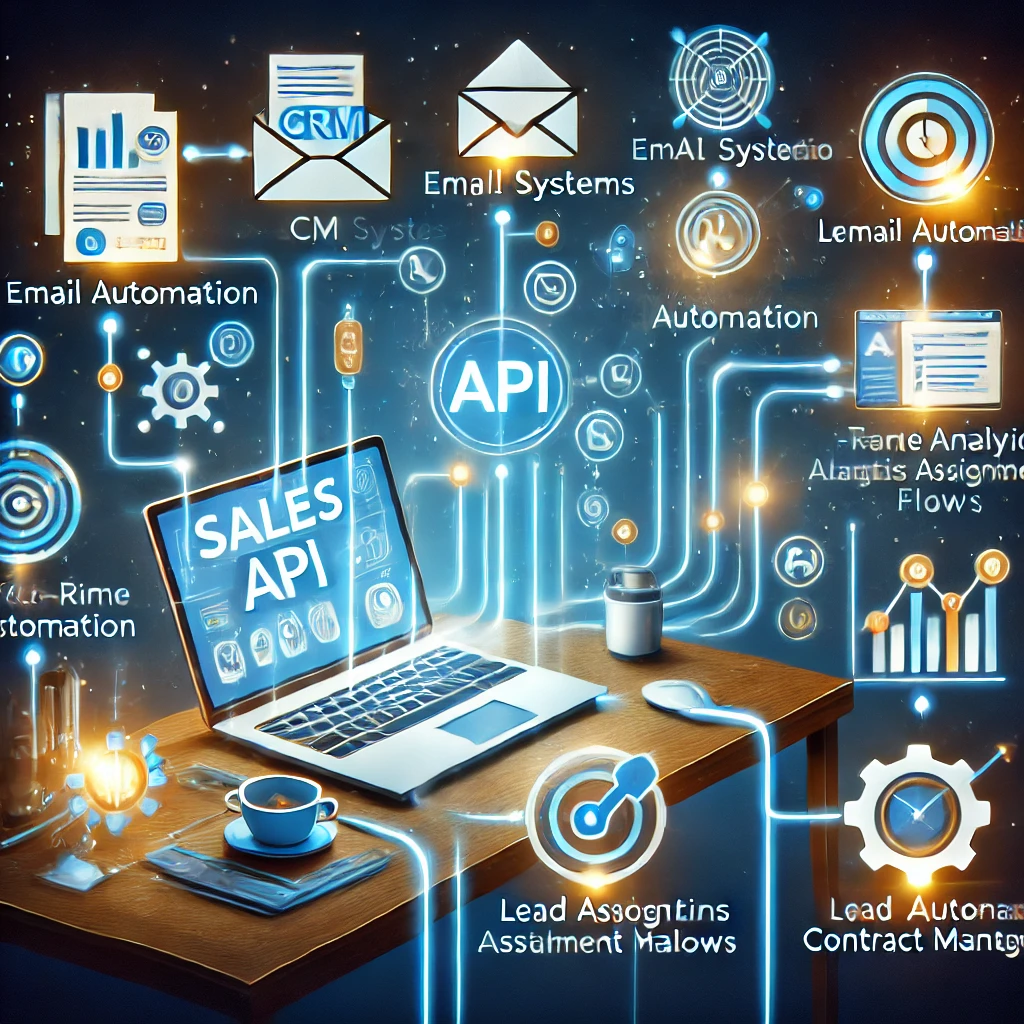Sales API automation is transforming the way businesses manage customer relationships and boost sales efficiency. By integrating CRM systems with APIs, companies can automate repetitive tasks, streamline workflows, and create a seamless experience for both sales teams and customers. These automations not only save time but also ensure that sales processes are more effective and data-driven. In this guide, we’ll explore five innovative ways to use sales API automation to elevate your sales strategy.
Table of Contents
Automating Lead Capture and Assignment with Sales API Automation
One of the most time-consuming tasks for sales teams is manually capturing and assigning leads. Sales API automation eliminates this bottleneck by seamlessly integrating lead generation platforms, such as landing pages or social media ads, directly into your CRM.
For example, when a prospect fills out a form on your website, an API can automatically capture their information and assign the lead to the appropriate salesperson based on predefined criteria like location, industry, or deal size. This ensures that no lead falls through the cracks and that the right person follows up promptly.
Tools like Zapier or HubSpot’s CRM API make it easy to connect various platforms and automate this process. With real-time updates, your sales team can focus on closing deals instead of organizing data.
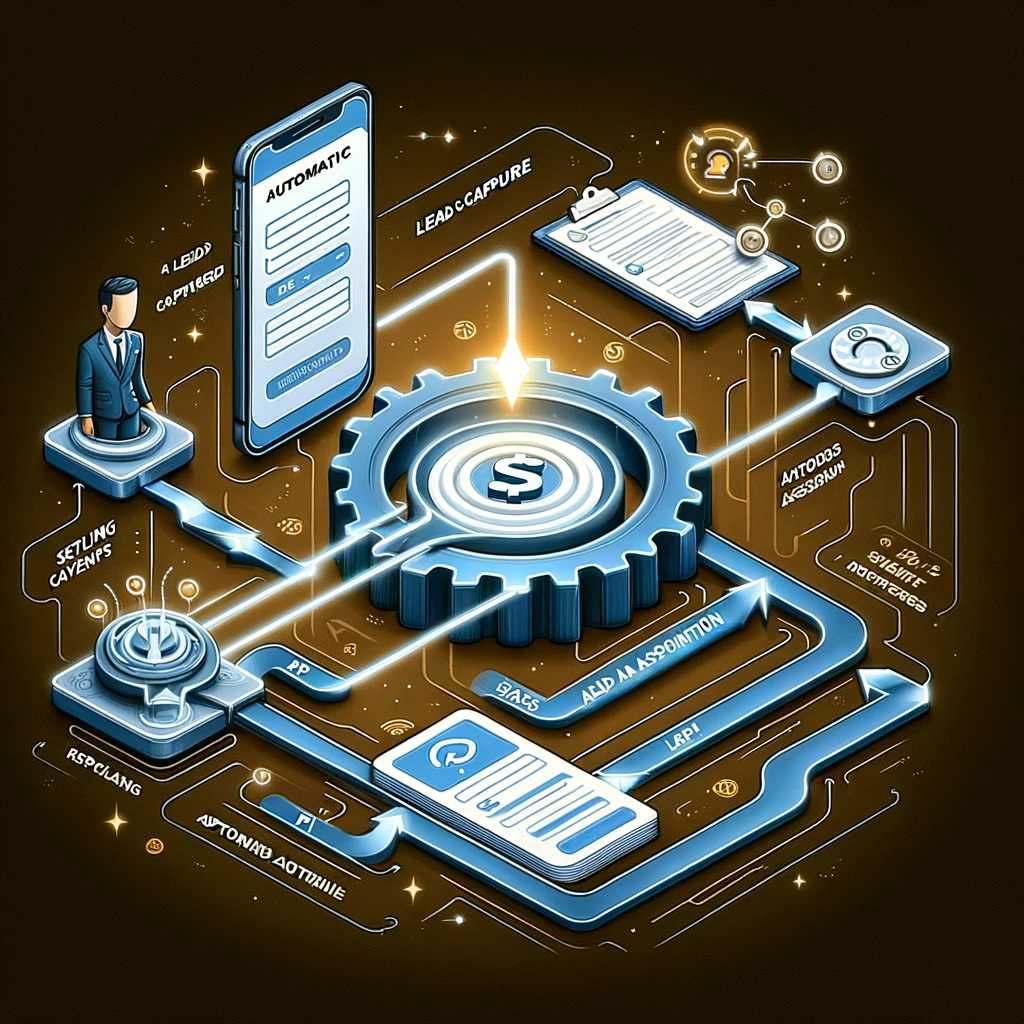
Streamlining Email Campaigns with Personalized API Triggers
Email marketing is a cornerstone of modern sales strategies, and sales API automation can take it to the next level by enabling personalized and timely email campaigns. APIs allow your CRM to trigger specific emails based on customer behavior or lifecycle stage.
For instance, if a prospect requests a demo on your website, an API can automatically trigger a personalized follow-up email, including relevant information and next steps. Similarly, for existing customers, APIs can send timely emails about upselling or renewal opportunities based on usage patterns.
Platforms like SendGrid and Mailchimp APIs integrate seamlessly with CRMs, ensuring that your email campaigns are always relevant and effective. This level of personalization not only boosts engagement but also drives conversions.
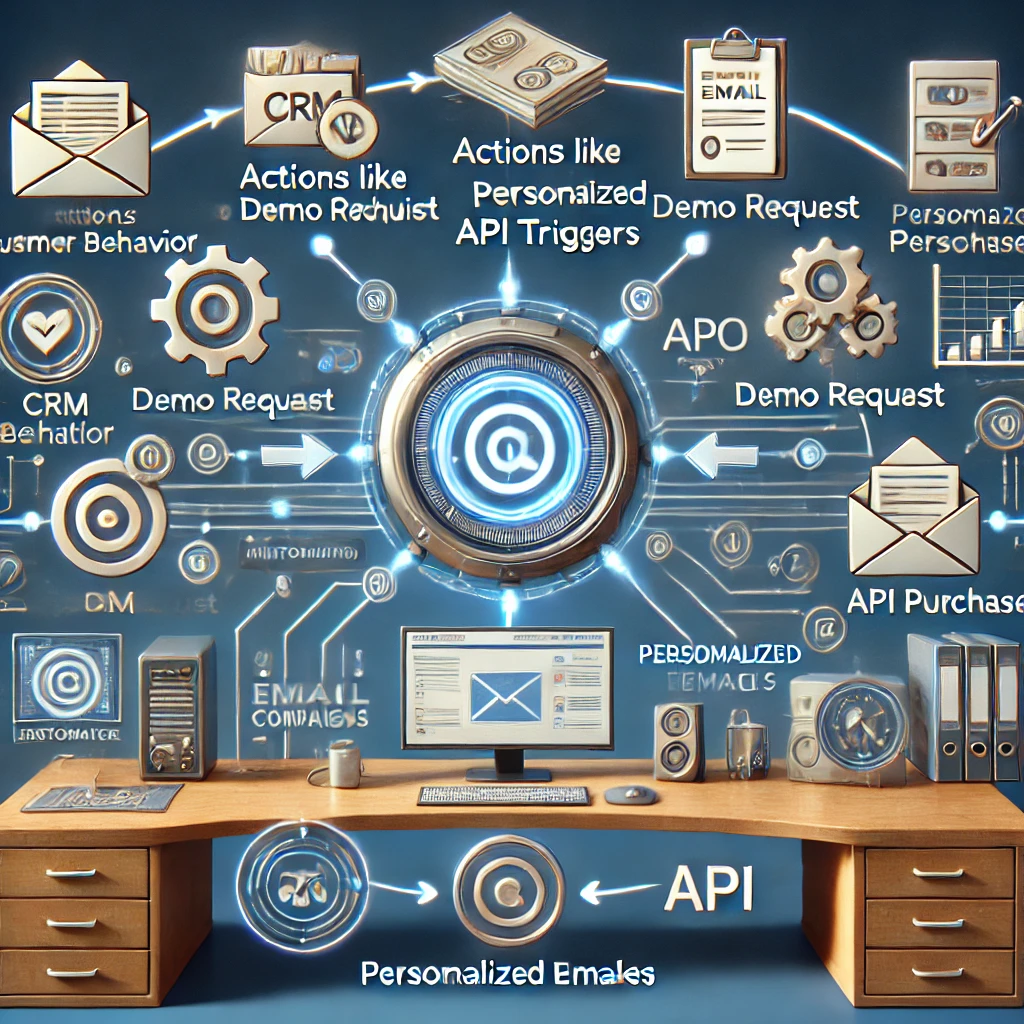
Enhancing Sales Forecasting with Real-Time Data Integration
Accurate sales forecasting is crucial for setting realistic targets and allocating resources effectively. Sales API automation allows you to integrate real-time data from multiple sources, such as your CRM, accounting software, and inventory management systems, into a unified dashboard.
For example, APIs can pull data on current pipeline opportunities, deal stages, and historical trends to provide predictive analytics that help sales managers make informed decisions. This eliminates the need for manual data collection and ensures that forecasts are always up-to-date.
By leveraging tools like Salesforce API or Zoho CRM API, businesses can gain deeper insights into their sales performance and identify opportunities for growth.

Automating Follow-Ups with Smart Sales API Workflows
Consistent follow-ups are critical to converting leads into customers, yet they can often fall by the wayside in busy sales teams. Sales API automation ensures that follow-ups happen on time by creating smart workflows that handle this task.
For example, an API can automatically set follow-up reminders in a salesperson’s calendar or even send a pre-written follow-up email to the prospect after a set time period. Additionally, APIs can integrate with communication tools like Slack to notify sales reps of pending follow-ups.
Smart workflows also allow for multi-channel follow-ups, combining email, SMS, and phone calls to maximize engagement. Platforms like Twilio API and Pipedrive API make this level of automation seamless and efficient.
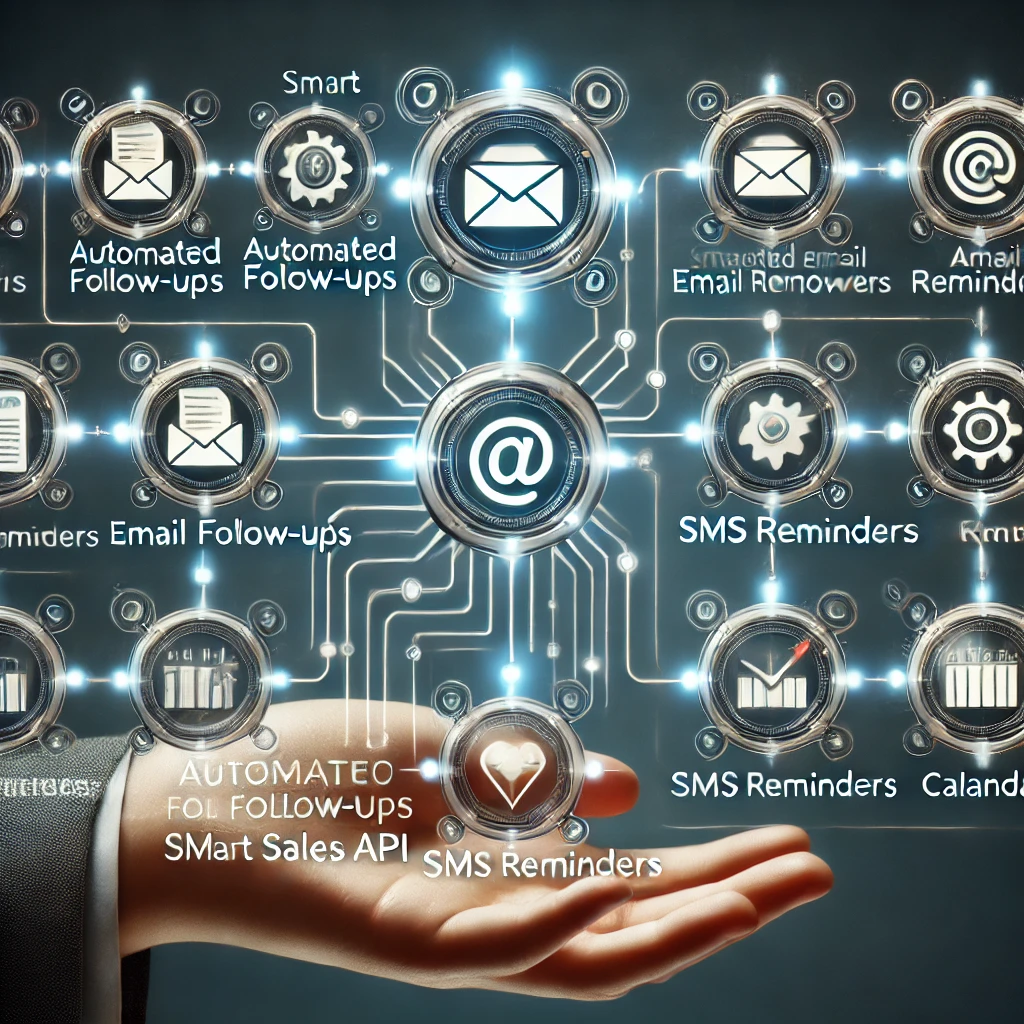
Simplifying Deal Closing with Automated Contract Management
Closing deals often involves a lot of back-and-forth with contracts and approvals. Sales API automation simplifies this process by integrating your CRM with contract management tools like DocuSign or PandaDoc.
When a deal reaches the closing stage, an API can automatically generate a contract using pre-saved templates, populate it with the necessary customer data, and send it for e-signature. Once signed, the contract is automatically saved in the CRM and relevant stakeholders are notified.
This streamlined approach reduces delays and ensures that deals are closed efficiently. By eliminating manual errors and delays, sales teams can close more deals in less time.
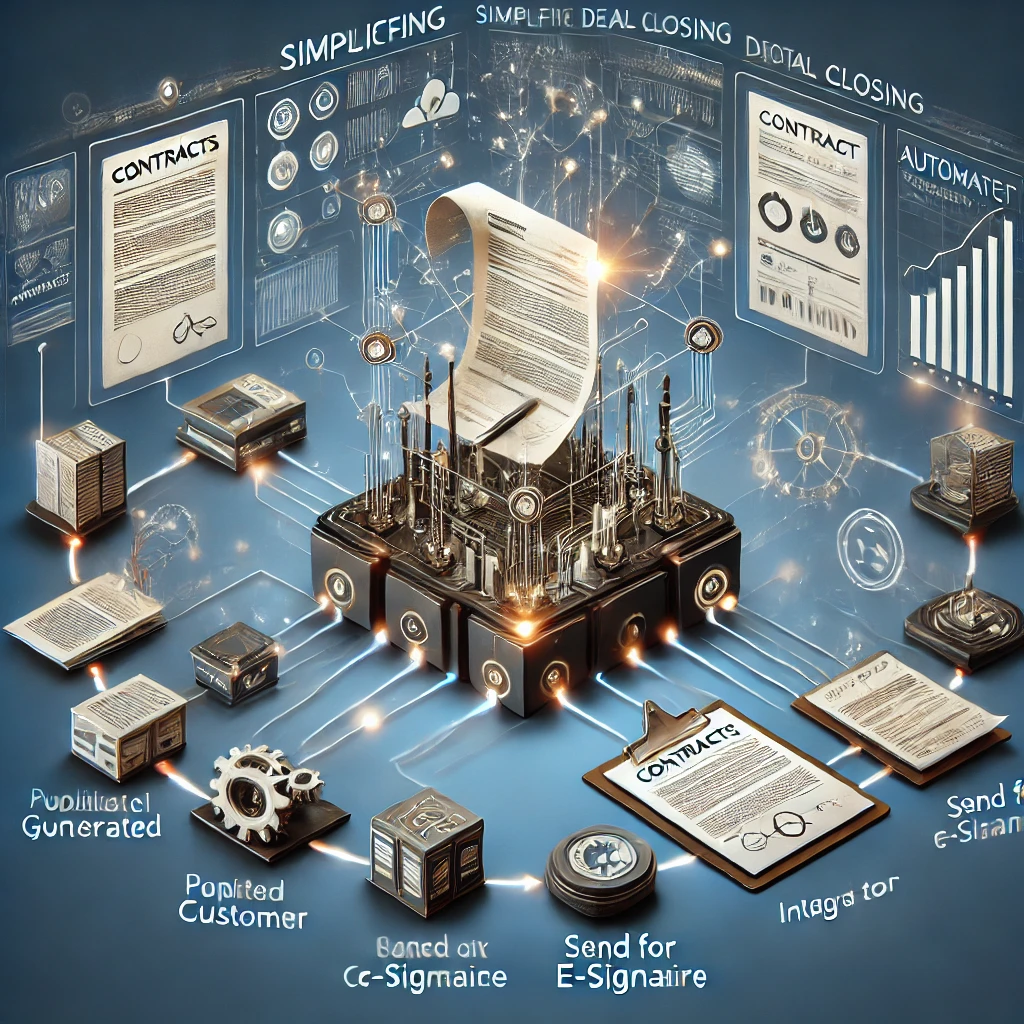
How to Get Started with Sales API Automation
Implementing sales API automation begins with identifying the most time-consuming and error-prone tasks in your sales processes. From there, select APIs and tools that can address these pain points effectively. Start small, integrating one or two key automations, and expand as your team becomes comfortable with the technology.
Additionally, invest in training your sales team to leverage these automations fully. Understanding how APIs work and how to customize them for your needs will unlock even greater efficiency and productivity.
If you’re inspired by the ways Sales API Automation can boost your team’s efficiency, you’ll find even more value in our related blog: CRM Automation with APIs: 7 Powerful Ways to Transform Your Customer Relationships. While this blog focuses on optimizing sales workflows through automation, our CRM Automation guide dives deeper into how APIs can enhance every aspect of your customer relationships. Together, these resources provide a comprehensive roadmap for integrating APIs into your CRM and sales strategies, helping you drive productivity, foster stronger connections, and achieve measurable growth. Explore both to unlock the full potential of your tools!

